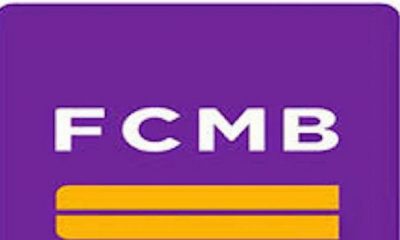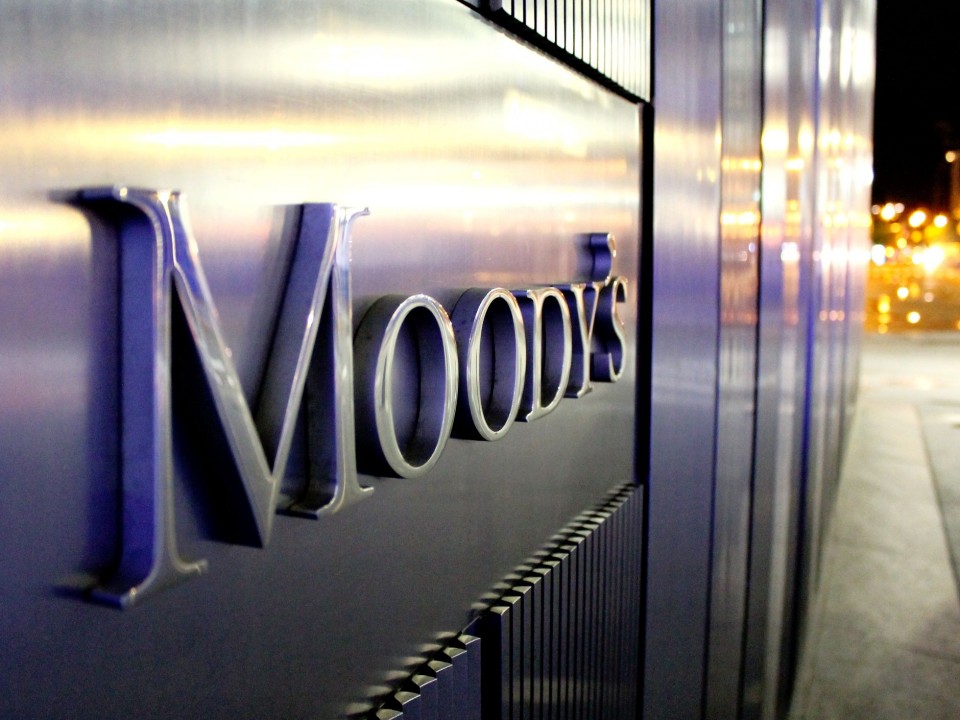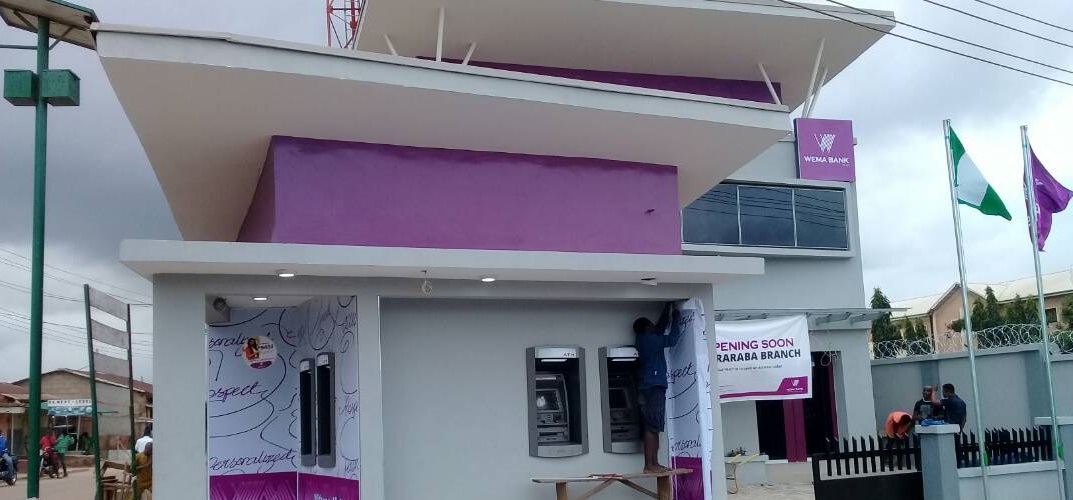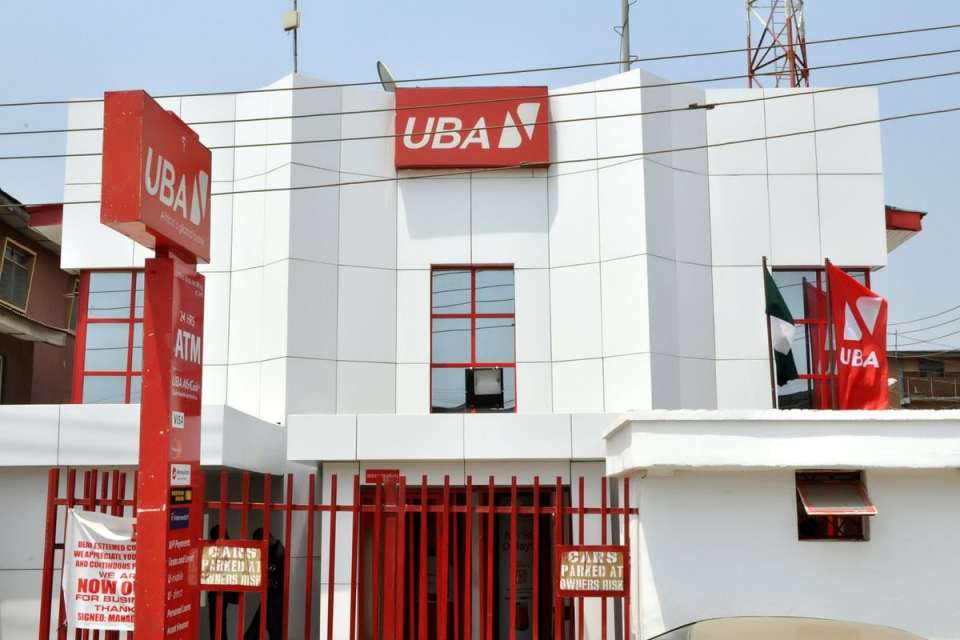Banking
GCR Affirms AA-(NG) Rating on UBA With Stable Outlook

By Modupe Gbadeyanka
The national scale ratings of AA-(NG) and A1+(NG) in the long and short term respectively assigned to United Bank for Africa (UBA) have been affirmed by Global Credit Ratings (GCR).
The Nigeria-based rating agency, in a statement, disclosed that it also affirmed the long term international scale rating of B+ assigned to the lender with the outlook accorded as stable.
However, GCR stressed that downward ratings movement may emanate from a significant deterioration in asset quality, liquidity, capital and profitability metrics, noting that the international scale rating will be sensitive to changes in the sovereign rating of Nigeria.
In the statement, GCR explained that UBA’s ratings reflect its established franchise, significant domestic market share (being one of the top-tier banks in Nigeria) and status as a systemically important bank.
It added that further rating support was derived from the bank’s risk appropriate capitalisation, comfortable liquidity, as well as geographic and earnings diversification, with operations in 20 African countries and offices in three global financial centres (London, Paris and New York).
UBA’s capitalisation is considered satisfactory for the current risk level, with a risk weighted capital adequacy ratio of 20 percent and 18.4 percent at FY17 and 3Q FY18 respectively, above the regulatory minimum of 15 percent.
Supported by strong internal capital generation, shareholders’ funds grew consistently over the years and stood at N529.4 billion at FY17, representing a compounded annual growth rate of 22.5 percent over a five-year review period.
The gross non-performing loans (NPL) almost doubled (rising by 89.8 percent) to N114.8 billion at FY17, largely impacted by the downgrade of a single large exposure, underpinning the gross NPL ratio rise to 6.7 percent at FY17, from 3.9 percent at FY16.
According to management, remedial action on the loan has commenced and recovery prospects are considered high. Specific provision coverage of impaired loans stood at 22.0 percent at FY17 (FY16: 36.0 percent).
Consequently, capital value at risk (NPLs net of provisions to capital) was a higher 9.7 percent at FY17 (FY16: 1.9 percent). At 3Q FY18, the NPL ratio stood at 7.2 percent.
“Although the contractual and behavioural mismatch of assets and liabilities in FY17 reflected a liquidity gap of N1,631.7 billion and N712.7 billion respectively within the critical ‘less than one-month’ maturity bucket (equivalent to 3.1x and 1.3x of shareholders’ funds respectively), liquidity risk is mitigated through maintaining a sizeable portion of liquid assets.
“The bank’s liquidity profile is further supported by $500 million Eurobond facility raised during the year, as well as available credit lines from other financial institutions.
“UBA’s statutory liquidity ratio ranged between 33.8 percent and 55.5 percent in FY17, against the regulatory minimum of 30 percent,” the rating agency said.
In 2017 financial year, UBA reported a pre-tax profit of N105.3 billion, representing a 16.1 percent year-on-year growth. While net interest income was largely supported by improved investment yields and funding costs, non-interest income was driven by increase in transaction related income and foreign exchange gains.
Operating expenses rose by 23.7 percent on the back of increase in staff costs, IT and other administrative expenses, resulting in a cost to income ratio of 57.8 percent at FY17 (FY16: 56.3 percent).
Overall, the return on average equity and assets stood at 16.6 percent (FY16: 19.0 percent) and 2.1 percent (FY16: 2.3 percent) respectively in FY17.
In 3Q FY18, the bank delivered a pre-tax profit of N79.1 billion, comparing favourably with the corresponding period in FY17 and in line with budget on annualised basis.
Substantially improved asset quality, positive earnings profitability, and capitalisation metrics, as well as further enhancement of geographic and earnings diversification benefits, would be positively considered.
Banking
Yuletide: Ecobank Urges Vigilance Against Fraudsters, Assures Seamless Services
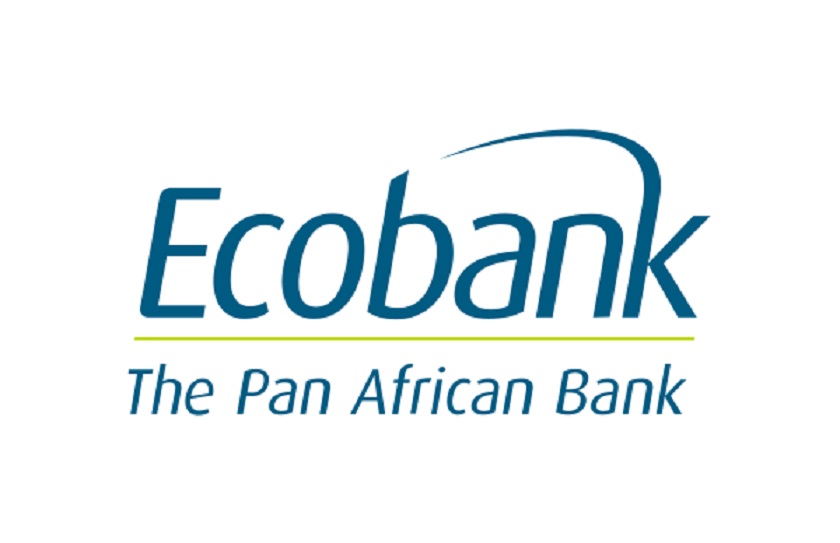
By Aduragbemi Omiyale
Customers of Ecobank Nigeria, a member of Africa’s leading pan-African banking group, have been assured of uninterrupted access to banking services throughout the year-end holiday period.
They can continue to carry out their financial transactions via the lender’s secure and robust digital platforms.
Ecobank also urged customers to remain vigilant against fraud and scams during the festive season, as fraudsters are looking to pounce on any gap.
“Before you wrap up the year, tighten your security. December brings online sales, travel, and year-end distractions—this is exactly when scammers are most active.
“From fake festive deals to cloned merchant sites and suspicious messages, staying vigilant helps keep your money safe,” the Head of Products & Analytics, Consumer & Commercial Banking at Ecobank Nigeria, Mr Victor Yalokwu, said in a statement.
He advised customers to shop only on trusted websites, never share their PINs, passwords, or one-time passwords (OTPs), avoid banking on public Wi-Fi networks, be cautious of urgent or emotionally charged messages, and regularly review their account activity.
He also disclosed that the bank’s digital channels — including Ecobank Cards, the Ecobank Mobile App, USSD *326#, Ecobank Online, OmniPlus, Omnilite, EcobankPay, RapidTransfer, ATMs, PoS terminals, and over 35,000 Ecobank Xpress Point (agency banking) locations nationwide — will remain fully available to support customers throughout the yuletide and year-end holiday period.
He noted that customers will continue to enjoy a wide range of services during the period, including local and international funds transfers, bill payments and airtime top-ups, merchant and QR payments, balance inquiries and account statements, as well as cardless cash withdrawals via ATMs.
According to Mr Yalokwu, “Ecobank encourages customers to leverage these digital solutions for safe, fast, and efficient banking, especially during the festive season when convenience and reliability are essential. While physical branch operations may be subject to adjusted working hours in line with public holidays, customers can be assured that Ecobank’s digital platforms are designed to deliver uninterrupted service and enhanced security at all times.
“Ecobank remains committed to providing innovative financial solutions and exceptional customer service, and we wish all our customers a joyful festive season and a prosperous New Year.”
Banking
5 Smart Moves to Wrap Up Your Year in Financial Style
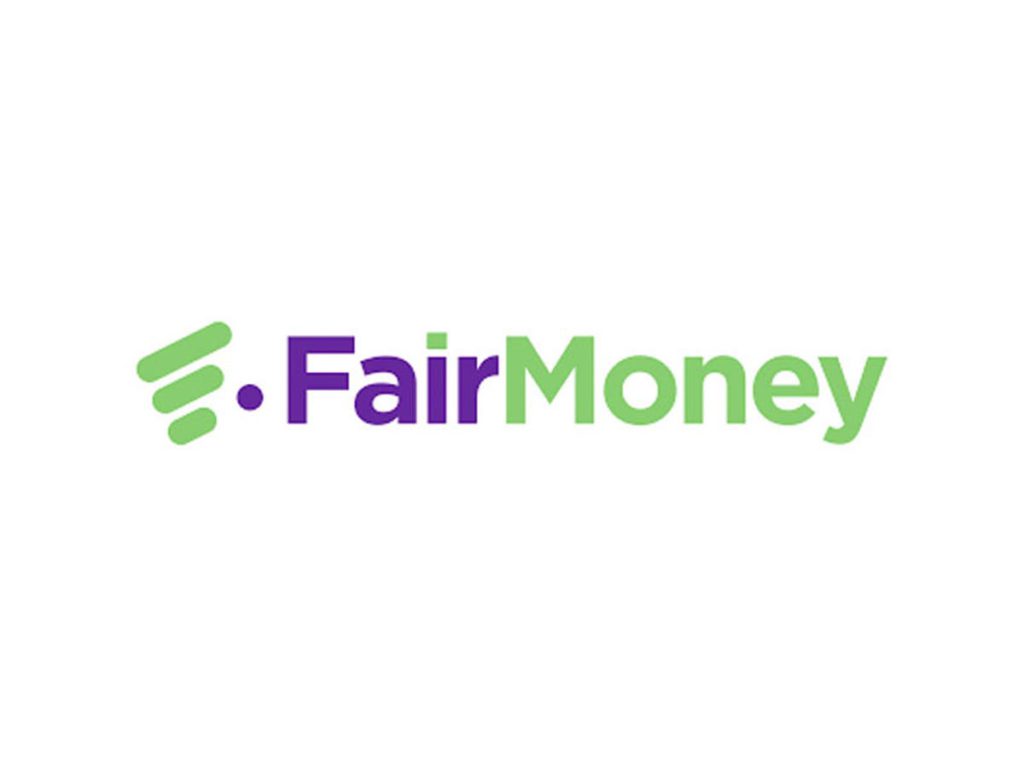
By Margaret Banasko
“Detty December,” Nigeria’s unofficial end-of-year spectacle, is an annual economic boom of concerts and parties, amplified by the return of the “IJGB“ (I Just Got Back) crowd. This celebration drives massive discretionary spending and consumer euphoria.
However, this festive high often leads to a financial low; the “Long January.” This is when critical non-negotiable expenses like rent and school fees hit hard.
Do not treat December as a financial free-for-all. Savvy individuals and business leaders must reframe it as the final, crucial financial quarter. The goal is to shift from emotional spending to deliberate, strategic saving.
Here are five smart, actionable financial moves that are critical for maintaining fiscal discipline that will enable you to maximize the festive season’s enjoyment while effortlessly de-risking and prepping your finances for a strong Q1 trajectory.
- Capitalize on Discounted Bill Payments: The increased consumption of utilities, airtime, and data during this period necessitates higher essential recurring costs. Smart financial governance dictates actively seeking value on these high-frequency expenditures. Pay all essential bills from electricity tokens to data bundles and Cable TV subscriptions through a platform, such as the FairMoney app, that provides a direct financial incentive or cashback on purchases. This ensures that operational necessity does not unduly drain capital, as every percentage saved on recurring utilities is capital effectively preserved for critical Q1 requirements.
- Implement the 50/30/20 Rule Strategically: Acknowledge the inevitable social expenditure of Detty December by imposing a clear framework for resource allocation. This strategic rule dictates how your income must be distributed to ensure financial security. Divide your December income into three non-negotiable categories: Allocate 50 percent of your income directly to critical January financial requirements like rent, transportation, and structured debt payments; this sum must not be compromised. Allocate 30 percent to your discretionary December wants, covering social activities, gifts, and controlled splurges; once this budget threshold is met, spending must cease. Crucially, assign the remaining 20 percent to structured savings and investment.
This 20 percent is non-negotiable and serves as the anchor for long-term wealth creation and a buffer against the Long January strain. You can automate this crucial 20 percent deduction before you even begin spending using the FairSave feature on the FairMoney App, which enables instant autosave while you earn daily interest and retain the flexibility to withdraw anytime.
- Convert Festive Windfalls into Capital: Do not view every incoming festive cash gift or unexpected bonus as mere spending money. Instead, strategically treat any financial “windfall” as a direct deposit into your future wealth accumulation. The 100 Percent Rule applies here: commit to saving or investing 100 percent of any financial gift, as this capital was not part of your planned income, offering a critical opportunity to grow your savings effortlessly. Immediately isolate any unexpected cash injections and categorize them as investment capital rather than disposable income.
By leveraging FairLock on the FairMoney App, you can save 100 percent of the festive cash into a fixed deposit. This ensures the funds are secure and illiquid, accruing interest over the stipulated savings period, which can then be released on maturity to sort out major Q1 projects or investments.
- De-Risk Your December Savings Strategy: FairMoney’s premium, revolving credit line up to ₦5,000,000, FlexiCredit, serves as a crucial liquidity shield over your protected capital. Instead of being forced to prematurely break fixed deposits or liquidate interest-earning savings accounts to cover sudden, urgent expenses such as an unexpected repair or a short-notice business need, you can immediately draw the required funds from your FlexiCredit limit.
This allows critical, ring-fenced funds to remain untouched, continue accruing interest, and maintain their full readiness for the inevitable “Long January” obligations like rent and school fees. FlexiCredit empowers the savvy individual who earns a minimum of ₦250,000 as salary to strategically manage cash flow and capture short-term high-return opportunities without depleting their primary savings or operational capital, offering immediate bridge financing, charged at a competitive 0.25 percent per day only on the amount utilized.
- Prioritize High-Value, Low-Cost Experiential Activities: While Detty December’s allure often stems from high-ticket social events and luxury venues, truly impactful celebrations are measured by the quality of connection, not the cost of admission. Instead of defaulting to expensive restaurant dinners, exclusive concerts, or impulse travel, strategically redirect your social budget toward creative, high-value experiential activities.
Organize themed potlucks with friends, host a family Christmas hangout at home, or explore local attractions like parks and museums that offer rich experiences without the premium price tag. By substituting generic, high-cost outings with thoughtful, collective events, you significantly slash discretionary spending while often increasing the depth and enjoyment of the festive season, guaranteeing maximum emotional return on minimum financial investment.
By applying these five smart moves, you assert control over your finances, ensuring you do not just survive Detty December and the Long January, but wrap up the year not just in celebration, but in financial style, positioning yourself for an empowered and prosperous New Year.
Margaret Banasko is the Head of Marketing at FairMoney MFB
Banking
Stanbic IBTC Bank Assures Continued Strategic Investment in Artists, Designers

By Aduragbemi Omiyale
The creative industry in Nigeria may have nothing to worry about with the likes of Stanbic IBTC Bank around the corner.
The financial institution, which has not hidden its love for the sector, has promised to continue with its strategic investment in the country’s designers and artists.
Speaking at an event, An Evening of Fashion, Art & Lifestyle, the Executive Director for Personal and Private Banking at Stanbic IBTC Bank, Mr Olu Delano, represented by the Head of its Private Banking Segment, Ms Layo Ilori-Olaogun, said the company was proud to be associated with the programme, which it also sponsored.
“At Stanbic IBTC, we recognise Nigeria’s creative sector as a vital driver of economic diversification, employment, and global cultural influence.
“We are proud to support the individuals behind these platforms that elevate African excellence and provide visionary talents the visibility that they deserve.
“Nights like this reaffirm our commitment to continued strategic investment in our artists and designers,” he stated.
The invitation-only ceremony, which was held at The Garden, Federal Palace Hotel, Victoria Island, Lagos, hosted by Africa’s leading luxury fashion house, 2207bytbally, in collaboration with the acclaimed art collective Torrista, brought together high-net-worth individuals, art collectors, designers, media personalities, and luxury brand executives for an unparalleled showcase of creativity and sophistication.
The evening opened with a breathtaking runway presentation featuring three signature segments from the Evolve collection by 2207bytbally: Denim, Ethnic, and 2207 Prints. Each piece exemplified the meticulous craftsmanship, bold innovation, and cultural storytelling that has established the brand as a standard-bearer in African luxury fashion.
Complementing the couture was a curated exhibition by Torrista, transforming the venue into an immersive gallery. Commissioned artworks exploring themes of culture, femininity, and evolution created a robust visual dialogue with the collections, demonstrating the seamless harmony that can result when fashion and fine art converge.
“This evening was about more than clothes or canvases; it was about showing the world that African creativity is limitless. When fashion and art share the same space, magic happens, and tonight, Lagos felt that magic,” the Creative Director of 2207bytbally, Tolu Bally, stated.
-

 Feature/OPED6 years ago
Feature/OPED6 years agoDavos was Different this year
-
Travel/Tourism9 years ago
Lagos Seals Western Lodge Hotel In Ikorodu
-

 Showbiz3 years ago
Showbiz3 years agoEstranged Lover Releases Videos of Empress Njamah Bathing
-

 Banking8 years ago
Banking8 years agoSort Codes of GTBank Branches in Nigeria
-

 Economy3 years ago
Economy3 years agoSubsidy Removal: CNG at N130 Per Litre Cheaper Than Petrol—IPMAN
-

 Banking3 years ago
Banking3 years agoFirst Bank Announces Planned Downtime
-

 Banking3 years ago
Banking3 years agoSort Codes of UBA Branches in Nigeria
-

 Sports3 years ago
Sports3 years agoHighest Paid Nigerian Footballer – How Much Do Nigerian Footballers Earn




